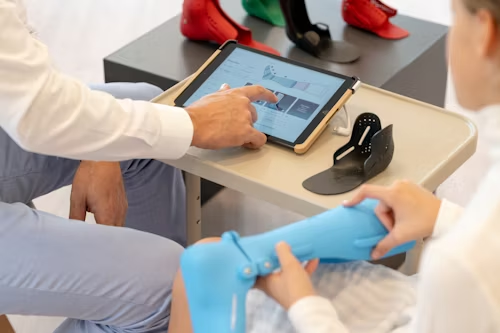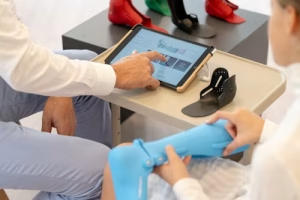Medical Technology: How It is Transforming Health Care
Medical Technology: How It is Transforming Health Care
Medical technology has revolutionised how we stay healthy, manage illness, and live longer, better lives. From smartphones that monitor heart rate to advanced robots assisting surgeons, this field grows fast and its impact reaches everyone. Medical Technology: How It is Transforming Health: Let’s explore how medical technology is changing health care in helpful, everyday ways.
Everyday Devices: Health in Your Hands
Medical Technology: How It is Transforming Health: A lot of people now use devices like smartwatches or fitness bands to track their health.These devices count steps, track sleep quality, and even measure blood oxygen. They send alerts if your heart rate is too low or too high. This helps users recognise early warning signs like stress, fatigue, or even illness so they can act quickly.Blood pressure monitors and glucose sensors let patients track their numbers at home. No need to visit clinics for every check. This convenience leads to better control of chronic conditions like diabetes or hypertension. When patients see results daily, they feel more in charge of their health.
TeleMedicine: Doctor Visits Online
The COVID‑19 pandemic showed us how doctors and patients can connect virtually. Telemedicine platforms let you talk by video or phone, share symptoms, and even send photos of rashes or wounds. You can get advice, prescriptions, or referrals all without stepping outside your door. Virtual care makes health support available in remote areas where hospitals are far away. It also saves time for people with busy schedules or mobility issues. For mental health, online sessions break down barriers and can be more comfortable for many patients.
Imaging and Diagnostics: Seeing the Invisible
Modern imaging tools like MRI (Magnetic Resonance Imaging), CT (Computed Tomography), and ultrasound are more detailed than ever. They help doctors look inside the body without needing to do surgery.This means detecting diseases early: tumours, infections, or injuries. Advances like 3 D imaging allow surgeons to plan complex operations with ease. Doctors can even use virtual reality to practice surgery beforehand. This boosts safety and reduces errors. Rapid lab testing some delivering results in minutes makes diagnosing infections or heart attacks quicker, helping doctors act faster.
Medical Technology: How It is Transforming Health: Robotic Surgery: Precision and Recovery
Surgical robots, like the DA Vince system, let surgeons operate with tiny tools through small cuts. The robots copy the surgeon’s hand movements and do the work carefully inside the body. These robotic systems can also filter out hand tremors, improving accuracy during delicate operations. From heart surgery to urology, robotic tools are helping more patients recover more comfortably and quickly.
Medical Technology: How It is Transforming Health: Artificial Intelligence: Smarter Decisions
AI (Artificial Intelligence) is transforming how doctors make decisions. Algorithms can review thousands of medical images in minutes, identify early signs of illnesses, and point out areas doctors might miss. They also read through patient records, lab results, and research to suggest possible diagnoses.
In the emergency room, AI tools help score heart attack or stroke risk in seconds. That saves valuable time when every minute matters. In rural clinics with few specialists, AI acts like an extra pair of expert eyes, helping doctors treat patients confidently.
Medical Technology: How It is Transforming Health: Personalised Medicine: Treatment Just for You
By looking at your genes and health data, doctors can choose the treatment that suits you best. They can also find out which medicine will work well for you with fewer side effects. In cancer care, these tests help doctors choose the best medicine for the kind of cancer you have. Even in everyday treatments like choosing the right antidepressant or blood thinner personalised medicine can make a big difference. It means fewer trial‑and‑error cycles, fewer side effects, and better results overall.
Remote Monitoring: Care Beyond the Clinic
Remote monitoring tools share live health information from the patient’s home to the doctor. Wearable heart monitors, smart scales, or implantable sensors share info directly with care teams. Medical staff can spot trouble early say, signs of heart failure or infection and reach out before things get worse.
This helps patients stay healthy and lessens the need to go to the hospital. It also helps older people live on their own while still being safely monitored.
Global Health Impact: Reaching Everywhere
Medical technology is narrowing the gap between cities and remote regions. Portable ultrasound devices, solar‑powered labs, and mobile apps bring diagnostics and care to places without hospitals. Health workers use smartphones to follow vaccination campaigns, track infections, and support mothers and children. Some global groups are using drones and online health services to send medicines to faraway villages. In this way, new tools improve lives for millions worldwide.
Medical Technology: How It is Transforming Health Care: Challenges and Considerations
While medical technology brings huge gains, it also raises questions:
Privacy & Security: As devices collect more data, keeping it safe is critical. Companies and hospitals must protect patient info from hacks.
Access & Cost: High‑end tools can be expensive. Ensuring low‑income or rural communities also benefit requires policy and investment.
Ethics of AI: As machines help diagnose and treat, we must be sure they do not make biased mistakes. Doctors still need to make informed human judgement.
Medical Technology: How It is Transforming Health Care The Path Forward
Medical technology is just getting started. Here is what is coming next:
Smart implants that adjust treatment in real time.
3 D‑printed organs for transplant or drug testing.
Virtual reality therapy helping patients recover from strokes, phobias, or chronic pain.
These advances will provide safer, faster, and more personalised health care while also making care more global and inclusive.
Medical Technology: How It is Transforming Health Care: Conclusion
Medical technology is reshaping the way we stay healthy and receive treatment. From user‑friendly apps and devices to sophisticated robots and implants, the goal stays the same: to help people live longer and feel better. As technology spreads, it is up to us to use it wisely protecting privacy, ensuring fairness, and keeping the human touch at the heart of health care.
This helps patients stay healthy and lessens the need to go to the hospital. It also helps older people live on their own while still being safely monitored.


